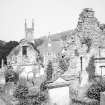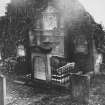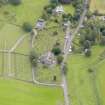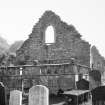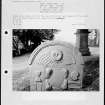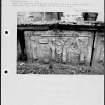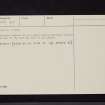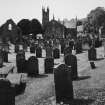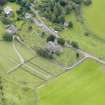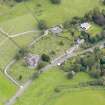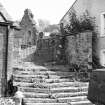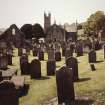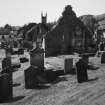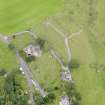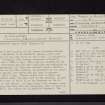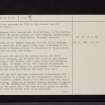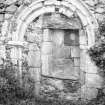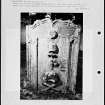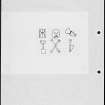Pricing Change
New pricing for orders of material from this site will come into place shortly. Charges for supply of digital images, digitisation on demand, prints and licensing will be altered.
Upcoming Maintenance
Please be advised that this website will undergo scheduled maintenance on the following dates:
Thursday, 9 January: 11:00 AM - 3:00 PM
Thursday, 23 January: 11:00 AM - 3:00 PM
Thursday, 30 January: 11:00 AM - 3:00 PM
During these times, some functionality such as image purchasing may be temporarily unavailable. We apologise for any inconvenience this may cause.
Kirkland, Old Church
Burial Ground (Medieval), Church (Medieval), Covenanters Grave(S) (17th Century), Celtic Head (Stone)(Period Unassigned)
Site Name Kirkland, Old Church
Classification Burial Ground (Medieval), Church (Medieval), Covenanters Grave(S) (17th Century), Celtic Head (Stone)(Period Unassigned)
Alternative Name(s) Glencairn, Old Parish Church
Canmore ID 65312
Site Number NX89SW 20
NGR NX 80940 90442
Datum OSGB36 - NGR
Permalink http://canmore.org.uk/site/65312
- Council Dumfries And Galloway
- Parish Glencairn
- Former Region Dumfries And Galloway
- Former District Nithsdale
- Former County Dumfries-shire
NX89SW 20 8095 9043.
(NX 8095 9043) Church (NAT) (Remains of)
OS 1:10,560 map (1899)
Only the E and W gables of the former Glencairn Parish Church (dedicated to St Cuthbert) remain, with a few fragments of the side walls at the E end.
It originally (?late 12th-early 13th century) measured externally 36ft 6 ins x 106ft 6 ins. The W end was flanked by two simple buttresses and the whole building was encircled by a string-course 12ft from the original ground surface. Some time in the 16th century, as evidenced by the crow-stepped gables, the church was cut down to measure 28ft x
106ft 6 ins. (Corrie notes that a school was accommodated under the same roof as the church; J Corrie 1910).
A head of Celtic type is built in as the skew-put on the SW corner of the church.
At least three 10th century cross fragments from this site are preserved, (one is noted on NX89SW 7, the others are in Dumfries Museum). The church was replaced in 1836 by the present one (at NX 8090 9045).
Gravestones, with appropriate inscriptions, in the churchyard mark the burial places of James Bennoch, Robert Edgar, Robert Mitchell and John Gibson, Covenant martyrs.
J Williams 1969; D M Wilson and D G Hurst 1970; RCAHMS 1920, visited 1915; W Dodds 1972; A E Truckell 1964, 1966; W G Collingwood 1926.
Recently, another head has been discovered built into the fabric of the ruined medieval church at Glencairn, where it forms a skewputt on the SW corner. It is of sandstone or gritstone, is carved in high relief and appears to have withstood weathering very well, although no good drawings or photographs have been possible given its position. The church itself is dedicated to St Cuthbert and is probably early, there being at least three fragments of 10th-century crosses surviving.
W Dodds 1972.
The ruins of the church comprise the end walls standing to the roof-line with short (1.8m long) stretches of the side walls attached, giving it dimensions of 32.8m E-W by 9.0m over walling 1.1m thick.
In the east end wall is the string course and three identical windows, two of which are blocked, the central one being a slit window with a deep recess and sandstone corbelling. Evidence of the 16th century alterations can be clearly seen where the southernmost of these three windows has been bisected by the south side wall.
The west end wall has been extensively refashioned; the string course is evident and the fragmentary remains of three blocked windows (similar to those in the east wall) can be seen. There is a central blocked doorway of similar stone to the windows and a later two-centred arch window high in the gable end.
The crow-stepped gable is evident and the head of Celtic type is as described.
Surveyed at 1:2500.
The Martyrs' Graves are in a small railed enclosure located 10.0m east of the west end wall of the church.
Visited by OS (TRG) 23 August 1977.
Photographic Survey (1955)
Photographs of buildings by the Scottish National Buildings Record in 1955.


























